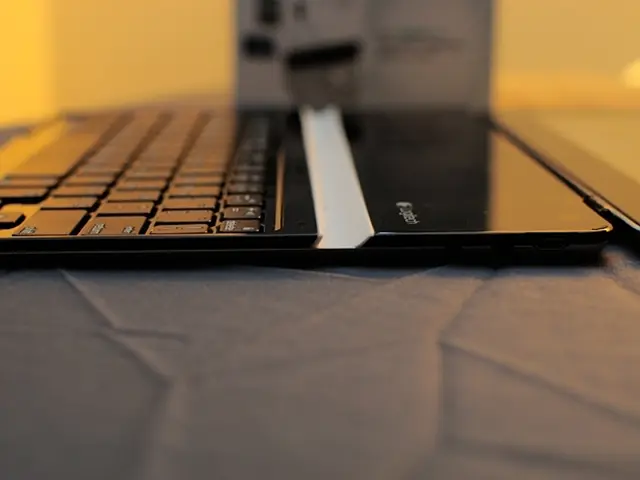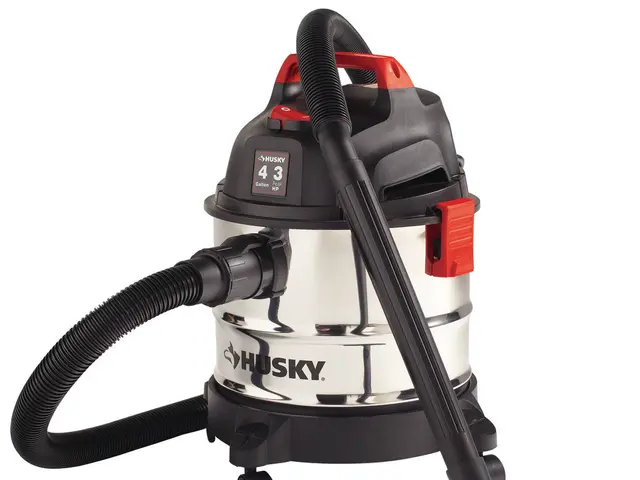Synthesizer Primer for Novices: Master the Basics
In the realm of electronic music production, synthesizers (synths) have long been a staple for creating unique and captivating sounds. For those new to the world of synths, this guide offers a comprehensive approach to learning and mastering the basics.
Granular synthesis, a technique that breaks sounds into short snippets or 'grains,' reorganizes, manipulates, and layers them to produce rich textures and ambiances, is one of the many methods available. Subtractive synthesis, which allows for manipulation of harmonic content, is suitable for various sound textures, ranging from roaring basses to mellow pads.
For those seeking a hands-on learning experience, hardware synthesizers like the Moog Subsequent 37 offer a rich interface with knobs and switches that expose core synthesis concepts directly. Despite its extensive control set, this tactile interface helps beginners deeply explore sound design fundamentals such as analog synthesis, modulation, filtering, and envelope shaping.
Online resources are abundant for those preferring a digital learning environment. Beginner-focused online guides and tutorials, such as those found on Levels Music Production, walk through starting points like patch creation, waveform selection, and sound manipulation. These resources often target beginner producers or singer-songwriters mastering Digital Audio Workstations (DAWs) like Ableton Live, which is widely used for synth production and sound design.
Educational platforms like Groove3 offer well-explained video courses covering software and hardware related to synthesis and music production. These courses break down fundamental concepts and also provide practical advice on sound layering, synthesis techniques, and more.
Engaging with community-driven content like YouTube reviews and demonstrations can provide practical insights into what beginner synths offer and how to start shaping sounds. Reviewers often share tips on workflow, what to expect in terms of learning difficulty, and how to maximize beginner synth capabilities.
Popular choices for beginners due to their user-friendly interfaces and versatile sounds include the Korg MicroKORG and the Roland JUNO-DS.
Software synthesizers provide incredible flexibility without the need for physical space or extensive wiring, often coming with vast libraries of sounds and presets. Connecting synthesizers with a DAW like Ableton Live allows for seamless control and automation, expanding the sonic palette.
Modular synths offer unparalleled customization options, allowing users to build their own setup using individual components. Digital synths, on the other hand, use digital signal processing, offering a more precise and diverse range of tones, often easier to integrate into modern studio setups.
When aiming to create unique sounds, experimentation is key. Starting with oscillators and waveforms to generate sound waves, and incorporating filters to shape the sound further, is a fundamental approach. Techniques like additive synthesis, frequency modulation (FM) synthesis, wavetable synthesis, and understanding concepts like oscillators, filters, and amplifiers, as well as the difference between monophonic and polyphonic synths, are essential for navigating the world of electronic music creation.
In summary, the best beginner-friendly approach combines starting with an accessible, hands-on synthesizer that offers immediate control over key parameters, using step-by-step online tutorials and beginner music production blogs that focus on synthesis basics, supplementing learning with video courses that explain theoretical and practical concepts clearly, and engaging with community-driven content like YouTube reviews and demonstrations to see synthesis in action. This combined strategy provides both theoretical understanding and practical experience necessary to master synthesizer basics effectively.
- In electronic music production, software synthesizers provide flexibility without the need for physical space, often coming with vast libraries of sounds and presets.
- For those preferring a hands-on learning experience, hardware synthesizers like the Moog Subsequent 37 offer a rich interface with knobs and switches that expose core synthesis concepts.
- Online resources, such as guides on Levels Music Production, provide beginners with insights into starting points like patch creation, waveform selection, and sound manipulation.
- Popular choices for beginners due to their user-friendly interfaces and versatile sounds include the Korg MicroKORG and the Roland JUNO-DS.







